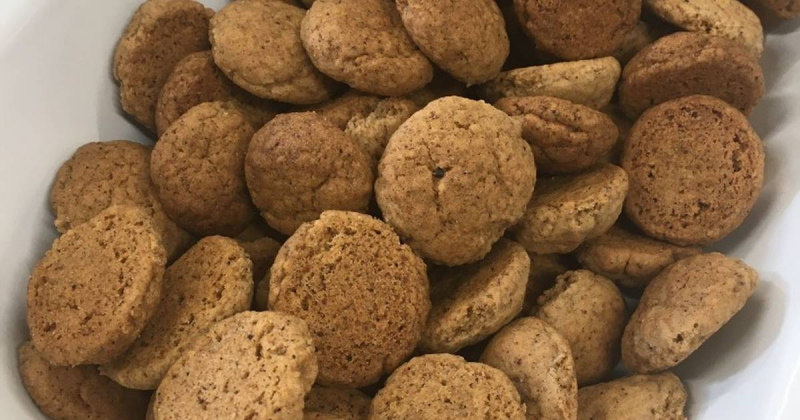Pepernoten

These spicy little biscuits, which literally translate as "pepper nuts," arose in the 16th century when spices became more available in Europe as a result of commerce with the Far East. Cookies prepared with rye flour, anise, and sugar, flavored with cinnamon or cloves, became connected with Sinterklaas Day on December 5th.
On Sinterklaas day, Saint Nikolas is said to arrive by boat from Spain. He would leave gold money in the shoes of individuals who had left them out for him, as well as gifts for the youngsters. Saint Nick also tossed gold coins through the windows of three young girls' homes as a dowry. Since then, these oddly shaped cookies have been dropped in handfuls in children's rooms to encourage them to hunt for them on Sinterklaas day. What a strange custom!
While historic pepernoten were circular in shape and commonly confused with Kruidnoten, which are also created for Sinterklass day, modern-day pepernoten are round in shape. These cookies have a half-sphere form, are hard and crunchy, and have a speculoos-like flavor.













